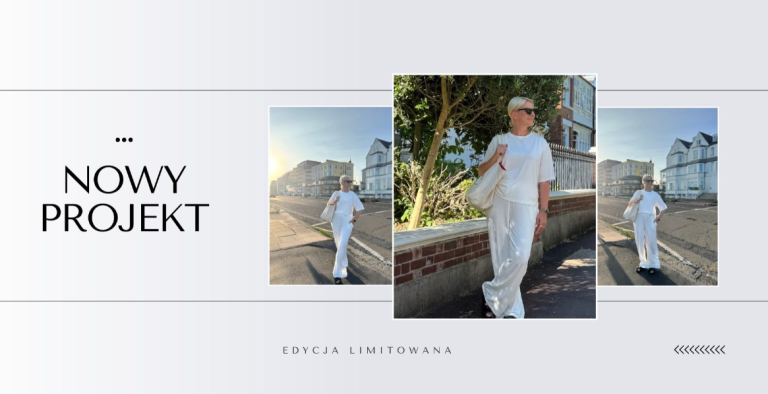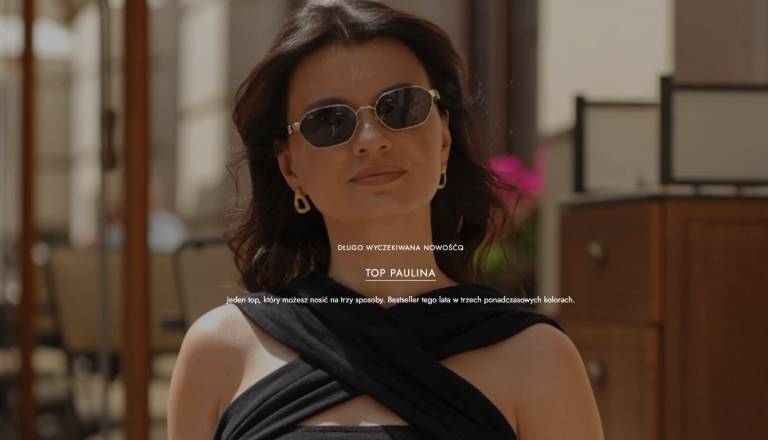
For over a century, Fashion Week has served as the heartbeat of the industry—a grand spectacle where designers, editors, buyers, and celebrities gathered to witness the future of clothing. Runways were about more than fabric and form; they dictated trends, set commercial agendas, and maintained the exclusivity that defined high fashion. But in a world where traditional retail is shrinking and digital engagement dominates, the role of Fashion Week is undergoing a significant redefinition.
As physical storefronts close, and shopping habits move online, the fashion calendar’s traditional purpose—tied closely to wholesale buying and in-store deliveries—no longer fits the pace or preferences of the modern consumer. Yet the shows persist, sometimes grander than ever. What purpose do they serve in a market where many consumers don’t need to be physically present to experience fashion—or even buy it?
Fashion Week’s Traditional Function
Historically, Fashion Weeks in cities like Paris, Milan, London, and New York functioned as trade shows. Buyers from department stores and boutiques placed orders based on what walked the runway. Editors selected looks for coverage in print publications, shaping public interest long before the clothes hit the racks.
The timing was deliberate—Fall/Winter collections debuted in February and Spring/Summer in September—giving manufacturers and retailers months to produce, market, and sell. Fashion Week wasn’t just a marketing event; it was the industry’s core logistics engine.
But that model was built for a different era—one where fashion was consumed seasonally, trends moved slowly, and physical presence mattered.

The Shift Toward Direct-to-Consumer
In recent years, a large portion of the industry has moved away from wholesale models toward direct-to-consumer strategies. Brands no longer rely solely on retailers to reach shoppers. Social media, e-commerce, and influencer marketing have made it easier—and often more profitable—for labels to control their own narratives and margins.
This shift has impacted how designers approach runway shows. Instead of presenting looks to buyers six months ahead of time, many now show pieces that are immediately available to the public. “See now, buy now” collections have become more common, especially among American and British labels trying to stay relevant in a digital-first world.
As a result, Fashion Week is no longer just a trade event—it’s a form of media, performance, and brand storytelling. It’s about visibility in a crowded digital landscape. Even if most people watching a show won’t attend in person, the spectacle still serves a purpose: to generate attention and define cultural moments.
Fashion as Content, Not Just Product
Social platforms have transformed fashion from a product into a form of content. What matters as much as the garment is how it’s captured, shared, and consumed visually. Fashion Weeks are now engineered with this reality in mind.
Designers create collections that photograph well, stage shows with cinematic flair, and partner with influencers who amplify each moment. Even traditional elements like front-row seating have taken on new meaning—less about who’s buying, more about who’s broadcasting.
This emphasis on image over physical experience reflects the broader shift in retail. Just as consumers no longer need to walk into a store to shop, they don’t need to sit at a runway to be part of the fashion conversation. The physical event remains, but its function has changed.
The Evolving Role of the Runway
Runway shows are still valuable—but not necessarily for selling clothes in the traditional sense. Today, a show is a brand statement. It articulates mood, intent, and vision. It’s a way for designers to assert relevance in a landscape where algorithms, not editors, often determine reach.
In this context, runway productions have become more experimental. Some designers use them to address social themes or global issues. Others treat them as high art. Still, others choose intimacy—small audiences, tight casts, raw spaces—to create a sense of closeness in an otherwise broadcasted world.
Meanwhile, digital presentations—whether pre-recorded films or immersive livestreams—are gaining traction. These formats offer more control over narrative and aesthetics while reaching broader audiences without geographic limitation.
Physical Retail’s Decline—and Its Ripple Effect
The decline of physical retail has wide implications. Department stores that once played a crucial role in buying runway looks are disappearing or changing focus. This affects the commercial utility of traditional Fashion Weeks. Designers can no longer rely on large seasonal orders from legacy retailers to sustain operations.
Instead, smaller capsule collections, pre-orders, and limited drops are becoming more common. These models prioritize flexibility over scale and are better suited for a fragmented, digital-first economy. In such an environment, Fashion Week is no longer the central transaction point—it’s a platform for visibility, credibility, and cultural relevance.

Democratization vs. Exclusivity
One of the more interesting tensions in the post-physical retail era is between access and exclusivity. Fashion Week was once fiercely closed-off. Now, brands are pressured to make content widely available—via Instagram, TikTok, or livestreams—so that consumers feel included.
But as digital access expands, the industry risks losing what once made Fashion Week compelling: a sense of occasion. To counter this, some brands are creating tiered experiences—live shows for insiders, digital drops for global fans, and experiential marketing events that blur the line between show and installation.
This hybrid approach reflects a new kind of exclusivity—based not on physical presence but on attention. In a world where everyone can watch, what becomes rare is the ability to hold interest.
What’s Next for Fashion Week?
Fashion Week is not going away. But its relevance will depend on how well it continues to adapt. It must serve not just as a platform for designers, but as a reflection of how people consume culture, style, and identity in a world without retail boundaries.
For emerging designers, Fashion Week remains a critical launchpad. For established brands, it’s a moment to remind audiences why they matter. But the idea that one global calendar can dictate the pace of style feels increasingly outdated. Regional shows, digital activations, and alternative formats are gaining legitimacy, challenging the dominance of the Big Four.
What used to be a tightly controlled, insider event is now open-ended, multi-platform, and in constant negotiation with the world outside the runway.
Fashion Week is still a mirror. But what it reflects now is not just clothing trends—it reflects the changing ways we live, shop, and express ourselves. In a post-physical retail world, it’s no longer just about what’s next to wear. It’s about what matters to watch.






